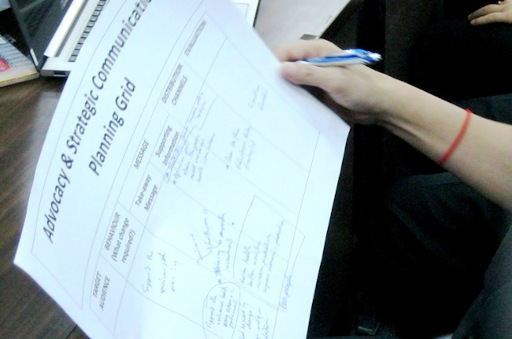Assessment Based National Dialogue
SPF Good Practices Guide
Module 16
Objectives
This module discusses how to design an effective communication strategy to reach out to beneficiaries of social protection programmes, policy-makers, donors, and other stakeholders. It explains what comprises a good strategy and how to design one. The strategy includes designing an appropriate and effective message for the target group and marketing it well so that it reaches the intended audience.
Key questions
- Why do we need to communicate?
- What constitutes a good communication strategy?
- What are the steps to be taken before starting?
- How to design a successful message?
- What are the main communication channels?
- What about the use of videos?
- What are the three levels of marketing the SPF?
Takeaway message
Beneficiaries have to be made aware of existing social protection programmes, and the procedures to register for and avail benefits. They need to know of their right to social security and understand their obligations in its financing, through taxes or contributions. Often, it may be difficult to get the message across to all people, especially in remote areas. It is also important to talk to and convince policy-makers of the changes needed in the social security system, adoption of laws and national strategies, need for funds.
It is very important to design a communication strategy that is suitable for the target group and effective. The message being communicated should be appealing, clearly understood and easily remembered. It must clearly explain how target groups would benefit from the proposition. There are many channels that may be used, and it is important to select the appropriate ones.
Resources
- Master module 16 - Developing a communication strategy
- Presentation - Building a communication strategy for social protection
- Instruction sheet - Designing a communication strategy
- Advocacy and strategic communications planning grid for various target groups
Process of ABND
